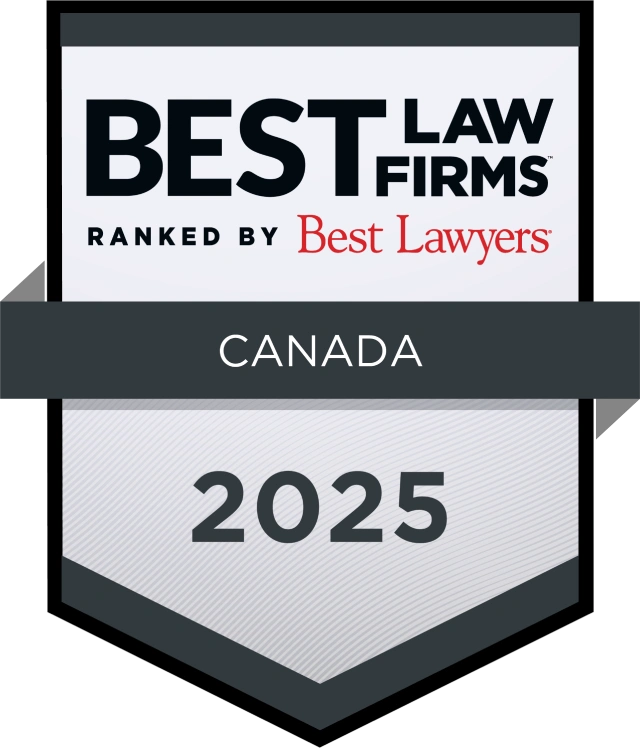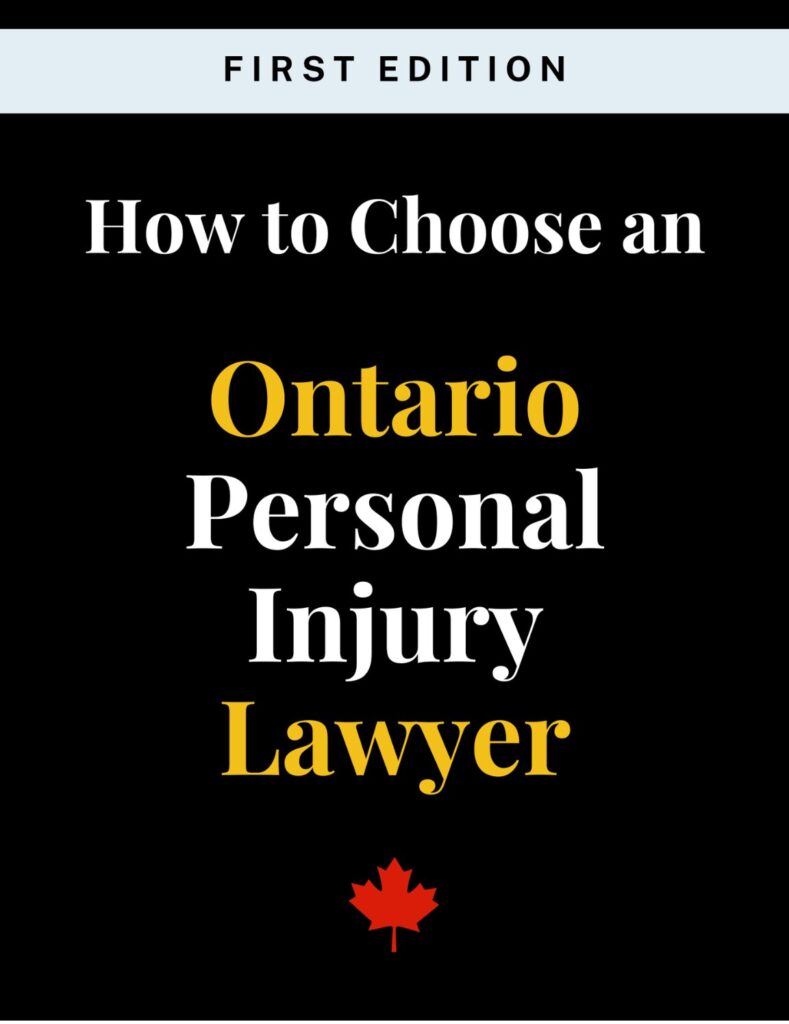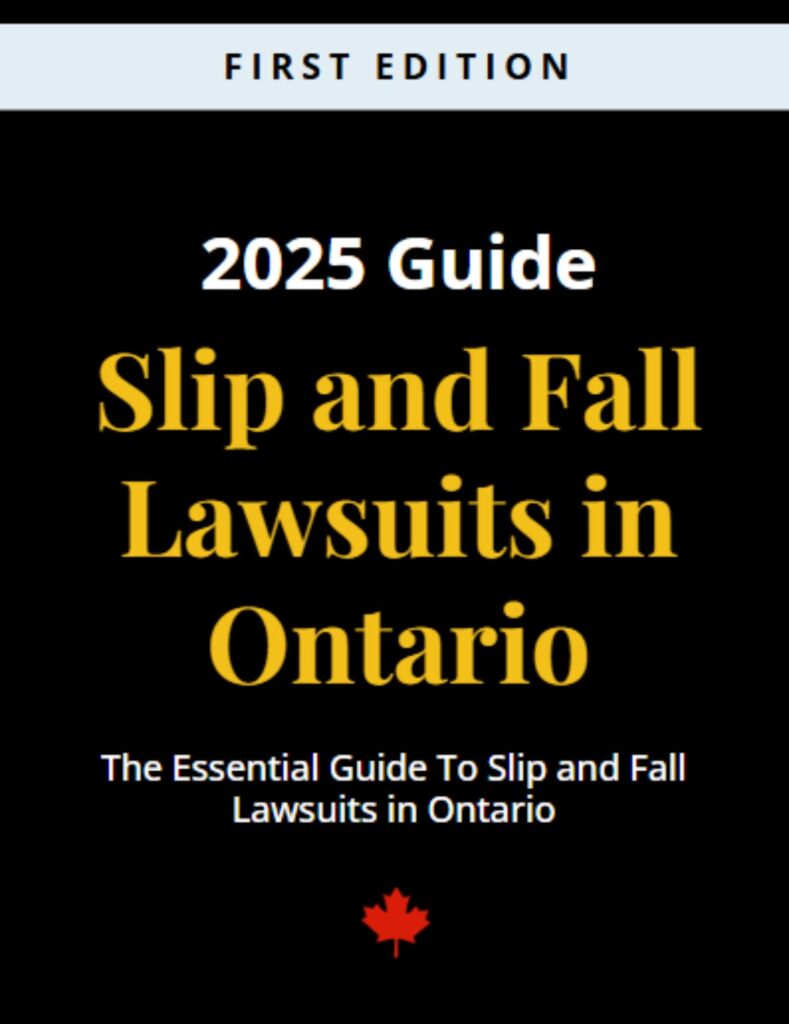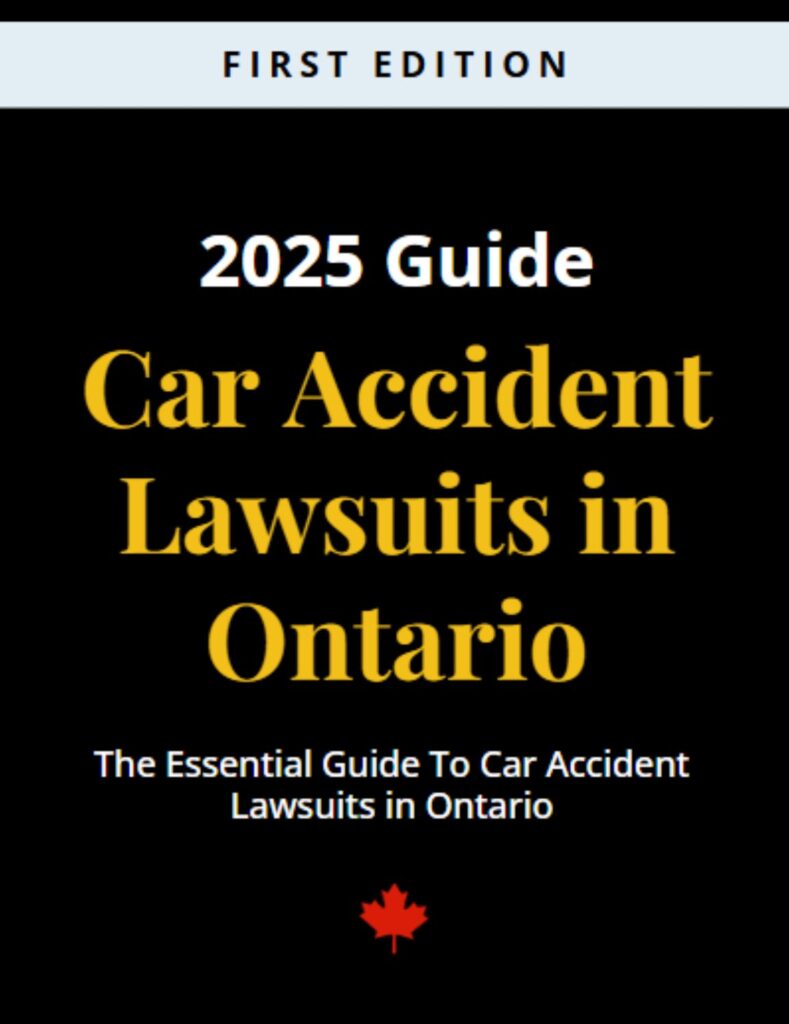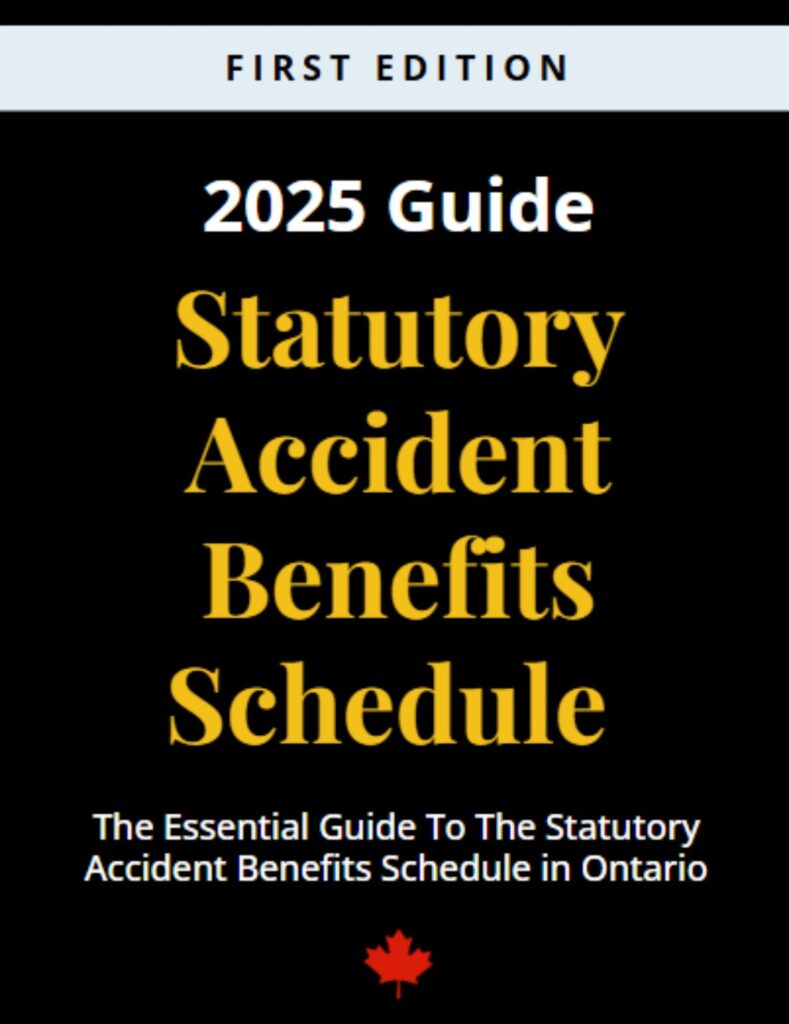Ajax Broken Bones Lawyer
Find out if you have a case today.
Contact our Ajax personal injury lawyers for a free consultation if you have legal questions regarding your personal injury claim.
Table of Contents
When an accident is serious enough to break or fracture the strongest structures in our body, it is a good sign that the accident involved some extraordinarily high forces. When bones fracture, immediate medical attention is needed, and the recovery process for victims can be long and arduous.
How Bones Fracture In Accidents
Of course, bones break in many types of accidents, including sports or work accidents. Bones can also be made more brittle by age or illness.
There are many ways that bones can fracture in a car accident. Some examples are:
- Ribs can be broken when the chest area is thrust against a steering wheel or against a deploying airbag. They can also be broken in a fall. Broken ribs themselves will eventually heal; however, when ribs fracture, they can then pierce surrounding organs. A common example is the lungs, which are often punctured by fractured ribs, leading to pneumothorax, or a collapsed lung.
- Arms and wrists can be broken when people naturally extend them to try to avoid colliding with the interior of the vehicle, or when they are extended to try to break the impact from a fall. The bones in the arms are not strong enough to stop the momentum of the body being pushed forward in an accident.
- Leg bone fractures (including the femur, tibia and fibula bones) can occur when they are pushed forward in an attempt to brace the body or keep it from being thrust forward. Additionally, the legs are especially vulnerable to injuries that happen when the driver or passenger compartment is crushed, crushing the interior of the vehicle into the leg bones. The lower appendages and hip bones are especially vulnerable when pedestrians are hit by oncoming cars.
- In serious rear-end collisions, the vertebrae in our backs can be fractured. These fractured discs, if serious enough, can move the vertebrae so much that they push against the spinal nerves.
- Of course, almost every part of the body is susceptible to injury when someone is ejected from a vehicle. The force of breaking through windows and falling to the ground can fracture any of these bones, as well as the hips, facial bones, or skull.
LET US PUT OUR EXPERTISE TO WORK FOR YOU
Tell Us What Happened
Since 1959, we’ve helped thousands of Canadians get the compensation they deserve with their personal injury claims. One of Canada’s oldest personal injury law firms, personal injury law is exclusively what we do. Book a free consultation today with our top-rated personal injury lawyers.
Our team is available 24/7 to speak with you.
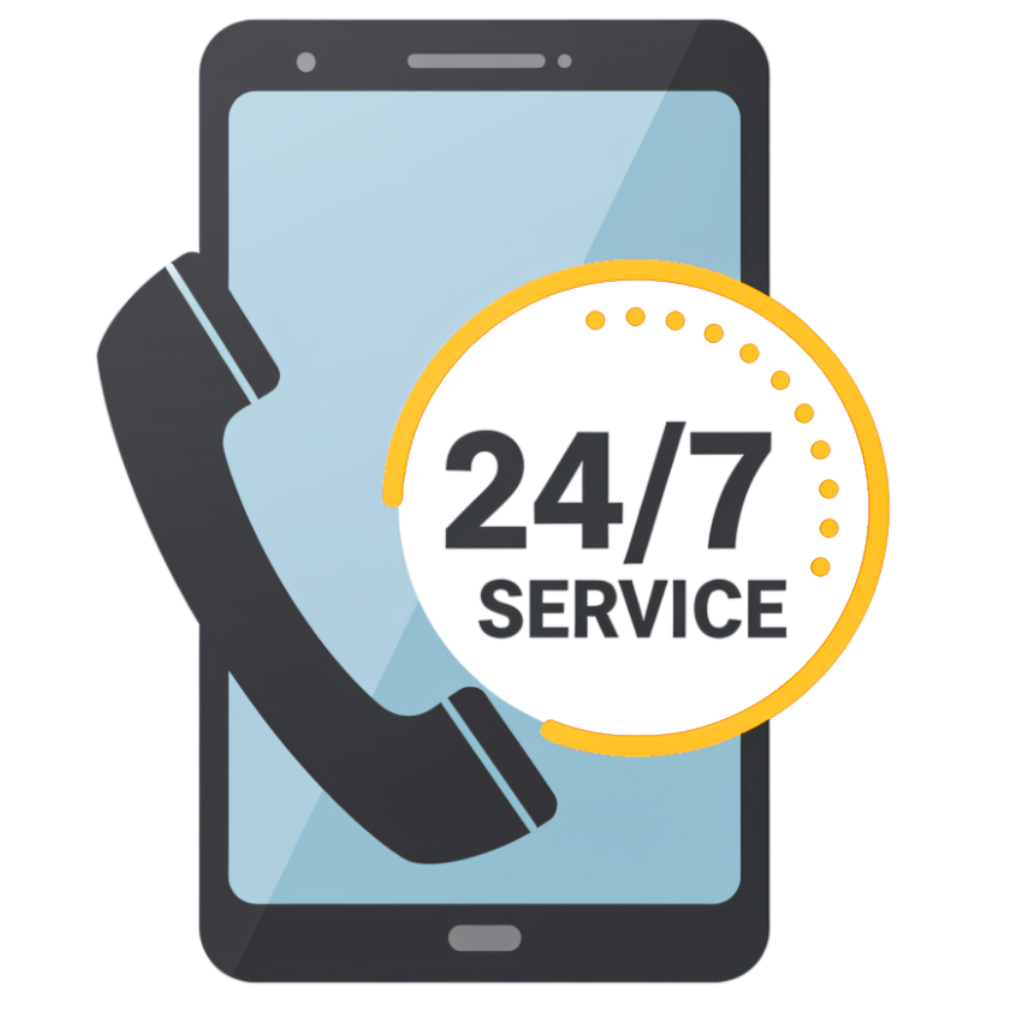
Different Kinds Of Fractures
Any time a bone fractures, it is a serious injury, and one that requires immediate medical attention. However, there are different kinds of fractures that the body sustains in an accident.
A partial fracture is the least serious of fractured bones. In a partial fracture, a crack develops that does not go all the way through the bone. A complete fracture is where the break has gone all the way through the bone. If the crack does go all the way through the bone, doctors will next determine whether the fracture is displaced or non-displaced.
In a non-displaced bone fracture, the bone is cracked, but still intact, or at least, the bones still align with each other. With proper care, this kind of fracture will heal relatively well, and surgical treatment is rarely needed.
In a displaced fracture, the broken bone has not only fractured all the way through the bone, but one part of the bone has moved from the other side of the fractured bone. The bones no longer align with each other. These kinds of fractured bones may require surgery, but almost always will require stabilization of the break for a long time, to ensure that the bones heal in line with each other.
Sometimes a displaced fracture is so serious and has become so displaced that the broken bone is jutting out through the skin. This is called an open (or compound) fracture and can involve serious damage to not just the bone, but to tissues, organs, the skin, or nerves.
Even when the bone does not break through the skin, a bone fracture can still be very serious. This is the case with comminuted fractures, which resemble a crush injury. The bone is crushed into many pieces; imagine a wooden stick being hit by a hammer. The stick would not only break but would have pieces of wood shorn off.
Like open fractures, comminuted fractures are very serious. Surgery may be required, as will be the insertion of pins and a long period of recovery, especially for weight-bearing bones, such as those in the legs.
Symptoms And Recovery From Fractured Bones
People usually know that they have sustained a broken bone. If there are no visibly obvious signs, such as with an open fracture, the most immediate sign will be pain—although sometimes in the stress of the aftermath of an accident, the pain may not be immediately apparent.
The area of the fractured bone may be bruised, stiff, or feel warm to the touch. The area of the bone fracture may also look disfigured or out of alignment.
The body immediately reacts to bone fractures by sending blood to the area, which results in swelling. Blood vessels may actually grow in the area of the break. Just like on your skin when it is injured, your bone will form a callus to hold the broken bones (or the bones brought close together by surgery after the accident) together. The bone is stabilized with a cast or other immobilization device to make sure the callus holds together.
Eventually, the body actually creates new bone in the area and remodels the bone to get it back to its original shape. This is when doctors usually recommend that patients engage in more vigorous physical therapy, as the bone is now strong enough to bear weight. It can take many years before a bone gets to its original strength.
Getting Help
When you sustain a serious fractured bone, your medical bills, lost wages, and medicines may cost a lot of money. Canada has a no-fault insurance system that can help you, but you also may be able to file a lawsuit against a driver who caused your accident and injuries. That lawsuit can provide additional benefits, above what insurance will pay. A good Ajax lawyer can help you determine if you can file a lawsuit and will help you gather the evidence that you need to make your case.
The personal injury lawyers at Preszler Injury Lawyers can help you if you sustain fractured bones or any type of injury in a car accident or other type of accident due to someone else’s negligence. Call us today to discuss your injuries and your accident.
Do you live in Ajax? Here’s how we can help:
Proudly Canadian
Award Winning Personal Injury Law Firm
We are proud to be one of Canada’s oldest and long-standing personal injury law firms. Since 1959, we have been providing exceptional legal services and have established ourselves as leading personal injury lawyers in the Canadian legal community. It’s not just the awards that recognize our achievements, but also the wins we’ve achieved for thousands of Canadians with their personal injury claims.
More personal injury Topics
Here’s more information on personal injury related topics that we think you might find helpful.

personal injury
|
November 13, 2025
Pain and Suffering Damages Calculator for Ontario (2025): Thresholds and Deductible Explained
In Ontario, pain and suffering damages (also known as non-pecuniary or general damages) compensate for human losses that don’t appear on a tangible bill. For…

personal injury
|
January 23, 2024
Injured as a Worker in Ontario? A WSIB Claim Isn’t Necessarily Your Best— Or Only— Option
In Ontario, the compensation of workers who sustain injuries or illnesses in the course of their employment is governed by the Workplace Safety and Insurance…

personal injury
|
December 7, 2023
Does a Child Have the Right to Sue for Personal Injury?
As much as parents and guardians do everything they can to keep children safe and protected from dangerous situations, there are occasions when a child…
More personal injury Video Resources
We also have some videos on the topic of personal injury claims
personal injury FAQs
Here are some commonly asked questions for personal injury claims
How long does it typically take to resolve a personal injury case in Ontario?
Timelines vary. Some cases resolve in months, while others take years if litigation becomes necessary. Factors include injury severity, available evidence, and how insurers respond.
Do I need a lawyer if the insurance company has made an offer?
Insurance companies often make low offers hoping victims will accept quickly. A lawyer reviews your case to determine whether the offer reflects your losses.
What if I was partially at fault for the accident?
You may still have a valid claim even if you believe you were partially at fault. Ontario’s laws permit you to recover compensation in cases of shared responsibility, though the final amount may reflect your portion of fault. Never assume you cannot file a claim. Let a lawyer assess the facts first.
How long does a personal injury case typically take?
That will depend on the severity of your injuries and the insurer’s willingness to negotiate.
What costs are involved in pursuing a personal injury claim?
Preszler Injury Lawyers works on contingency, so you don’t pay legal fees unless we recover compensation for you.
Can I still claim compensation if the accident happened on someone else’s property?
Yes. Property owners must maintain safe premises. If their negligence caused your injury, you may have a valid claim.
What should I bring to my free consultation?
Bring any documents you have related to the accident. This includes police reports, your driver’s licence and insurance information, the other party’s information, photos of the scene or your injuries, and any receipts for expenses like prescriptions or therapy. The more information you provide, the better we can assess your claim.
Why is it important to document my injuries and recovery process?
Keeping a simple journal helps track how your injuries affect your daily life. Note your pain levels, medical appointments, missed work or social activities, and any challenges you face with personal care or household chores. This documentation provides powerful evidence to support your claim for pain, suffering, and loss of enjoyment of life.
INJURED IN AN ACCIDENT IN AJAX?
Call Our Personal Injury Lawyers Now
We’re here to help 24/7
Find out if you have a personal injury case and what your next steps should be, at no cost to you.



